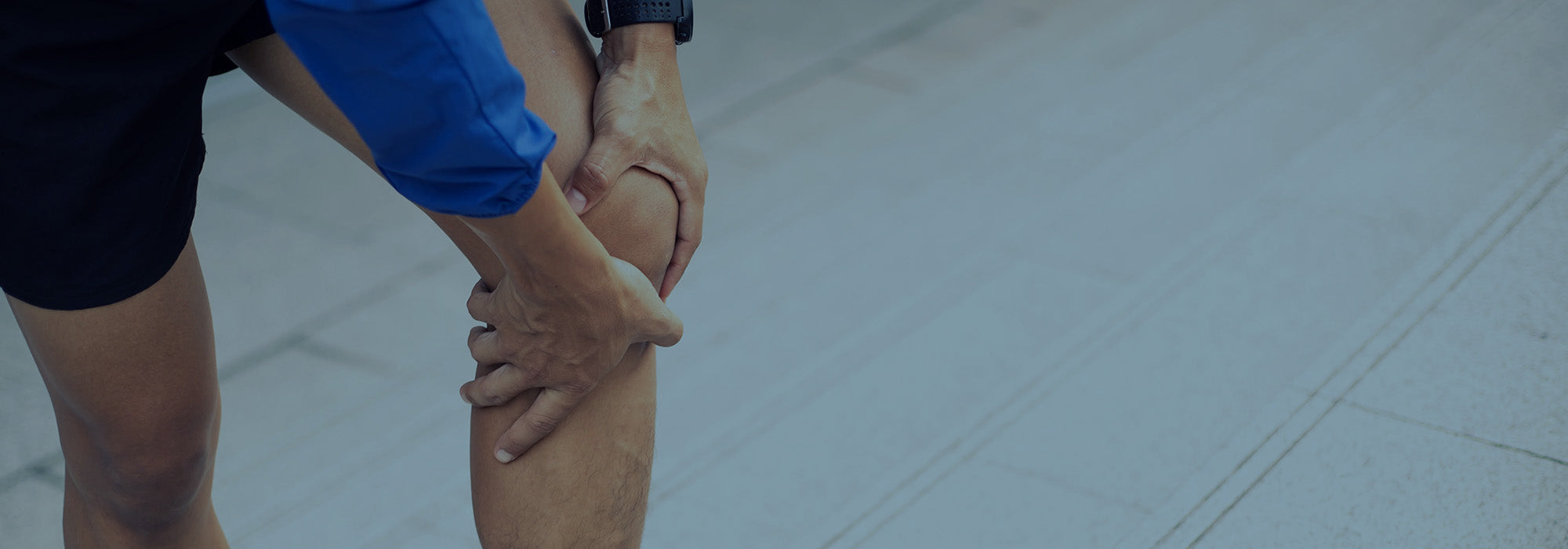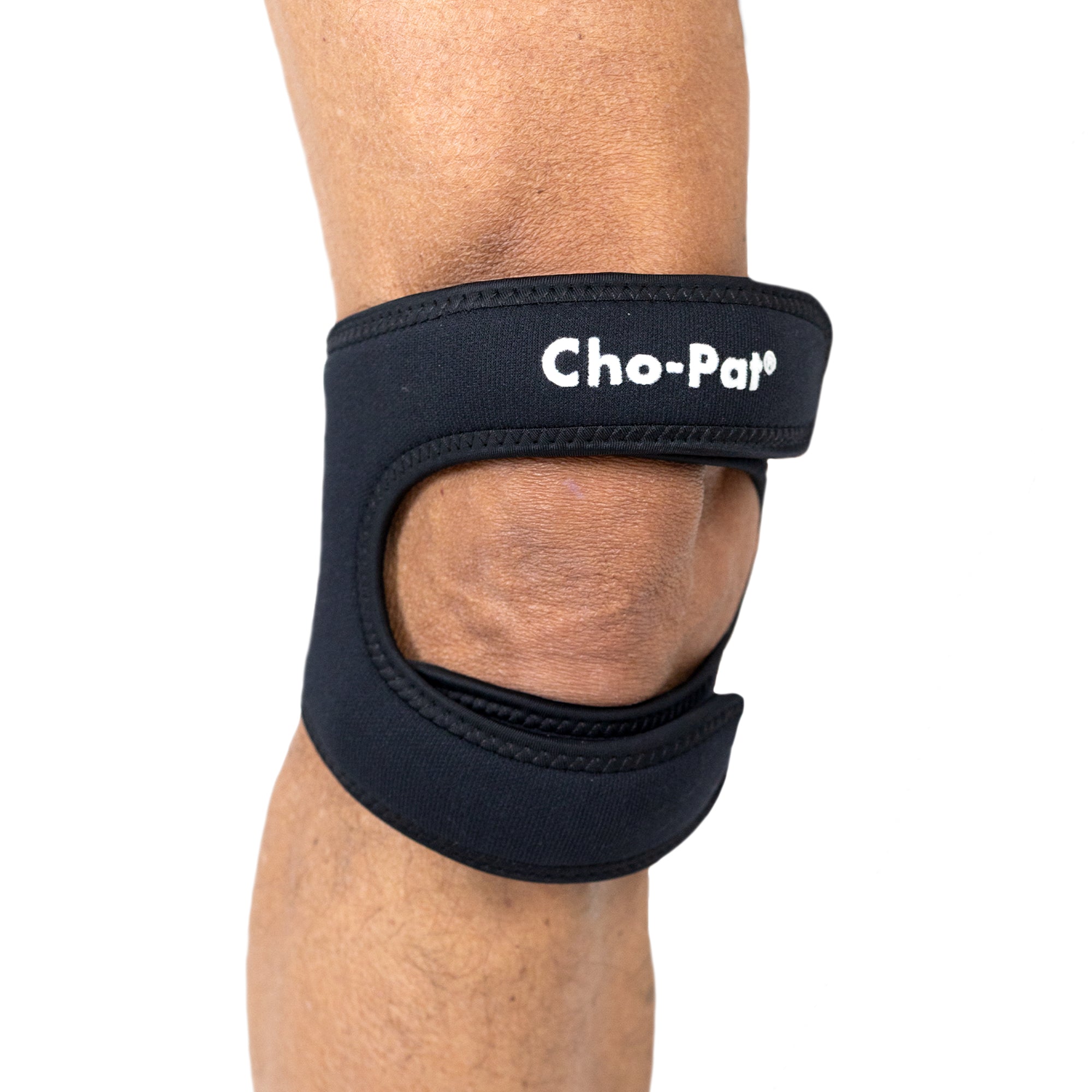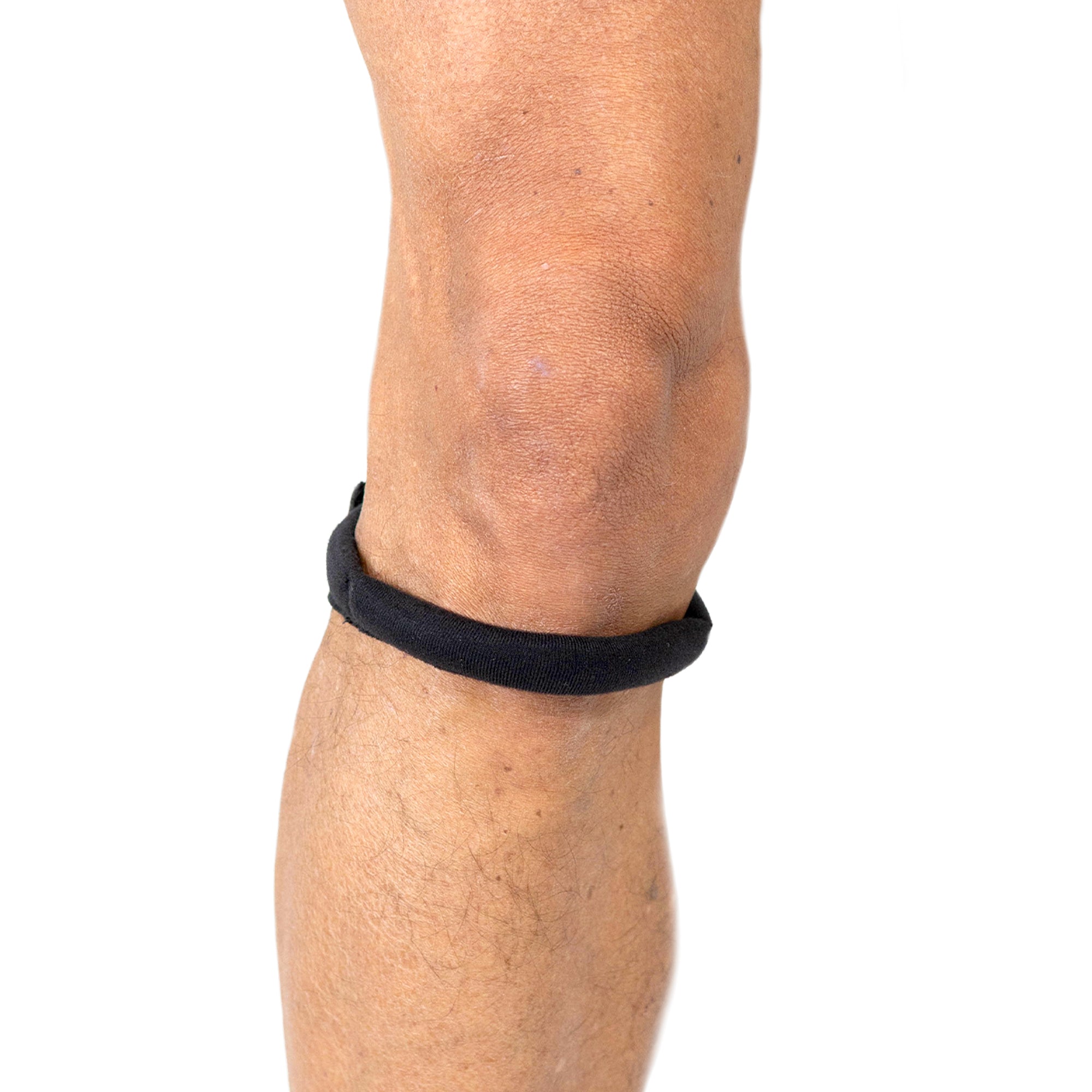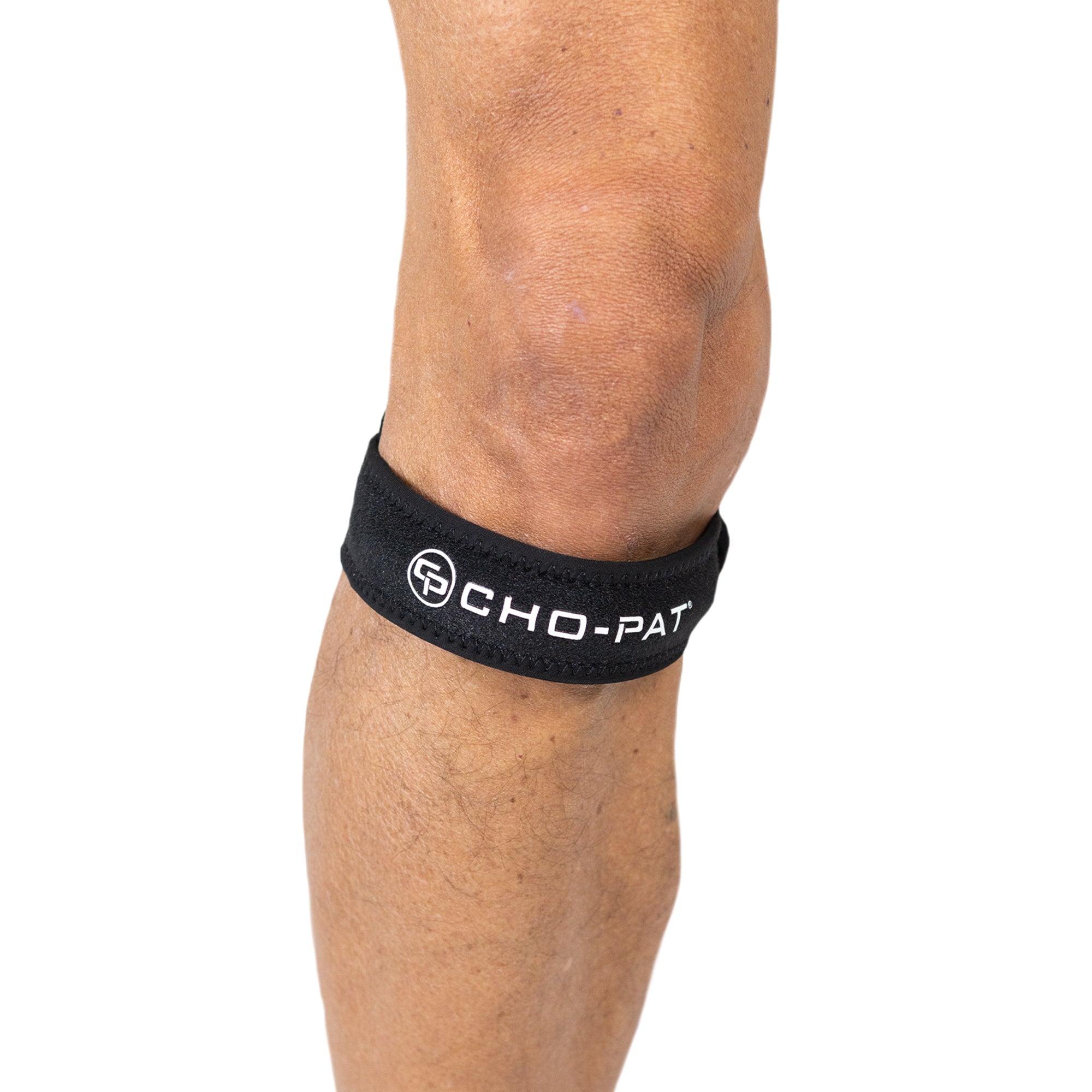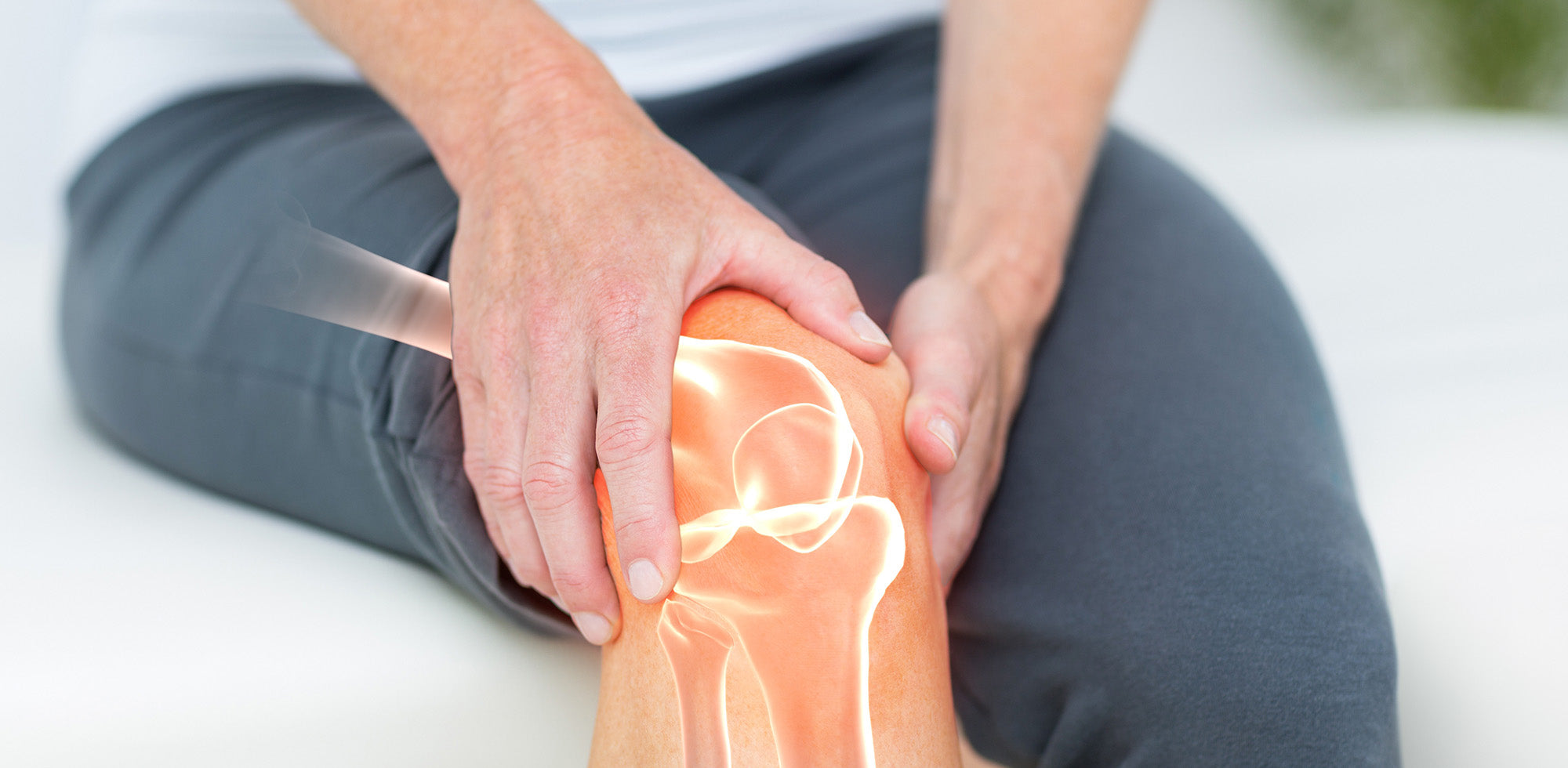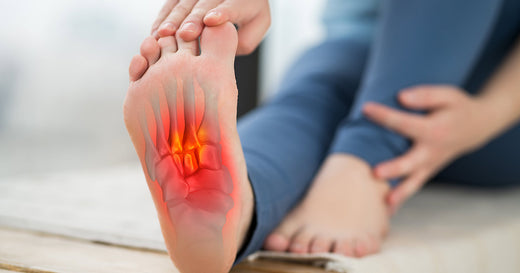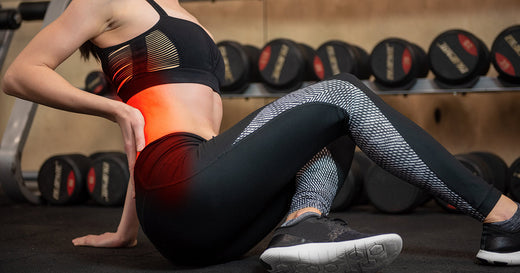Osgood-Schlatter disease is a condition that occurs in children and adolescents as they have growth spurts. Osgood-Schlatter disease causes pain and tenderness at the bony prominence on the upper shinbone, just below the kneecap, as a lump manifests itself below the kneecap. Osgood-Schlatter disease is believed to affect as many as 1 in 5 adolescent athletes.
Causes
Osgood-Schlatter Disease Causes
Osgood-Schlatter disease causes are pretty straightforward. It is caused when stress is put on the growth plate (cartilage) at the end of the long bones in the child’s shin bone. In many cases, the disease manifests itself without the child doing anything at all to cause the stress. It just happens as they grow and have natural stress applied.
That being said, there are certain activities and sports that children participate in that might increase Osgood-Schlatter disease causes, especially those requiring jumping, running, or repeated bending of the knee.
These movements are often done during soccer, volleyball, basketball, ballet, and other similar activities. With the repeated stress on the tendons, kneecap, and shinbone that typically occur during these activities, Osgood-Schlatter disease symptoms can begin to appear if the knee is already feeling the natural pressure from a growth spurt.
Symptoms
Osgood-Schlatter Disease Symptoms
Most common Osgood-Schlatter disease symptoms will take care of themselves, but immediate relief can often be found in providing knee support. If your child’s pain makes it difficult to participate in normal activities, it is wise to seek the advice of a physician. Some Osgood-Schlatter disease symptoms include:
- A painful swelling just below the kneecap, on the prominent portion of the upper shinbone.
- Tenderness in that same spot.
- Pain in the knee that gets worse during running or climbing stairs, but that improves when resting.
- Tightness in the thigh muscles.
- A visible lump just below the kneecap.
Treatments
Osgood-Schlatter Disease Treatment
Osgood-Schlatter disease treatment rarely requires a physician. Symptoms typically disappear once the bones stop growing. When these symptoms are present in your child, know that it won’t last forever, but that they may want to limit their physical activities for a while until the pain subsides.
Relieving the pain of Osgood-Schlatter disease will help a child manage the condition. The following are some typical Osgood-Schlatter disease treatment options:
FOR IMMEDIATE RELIEF
Knee Support Products:
 Cho-Pat® Original Knee Strap★★★★★ For over 30 years, the Original Knee Strap has been trusted by medical professionals to offer mobility and support to individuals suffering from Osgood-Schlatter disease. Wearing the strap allows users to get back to their everyday activities while relieving some of the pain of the condition. |
 Cho-Pat® Dual Action Knee Strap ★★★★★ The strap applies pressure to the patellar tendon below the kneecap as well as the tendon below the kneecap to provide strength, alignment, and stability. It also reduces the likelihood of overuse injuries. (5-Star Review) |
FOR LONG-TERM HEALING
Stretching and Strengthening Products:
 StretchRite® Stretching Strap ★★★★★ StretchRite’s effectiveness is in the ergonomically designed handgrips that allow you to stretch comfortably, increase your range of motion in stages and visually monitor your progress. See significant improvement in flexibility and balance in just minutes a day! |
Get Quick Relief and Complete Recovery from Knee Pain
The knee is one of the most important joints in your body. If you suffer an injury or illness, the pain can be debilitating. We provide a selection of quality knee straps, patellar stabilizers, compression sleeves, and stretches to provide relief from knee pain symptoms and accelerate your recovery.
Choose from a range of the most innovative products for knee pain reduction by calling Medi-Dyne today. Contact us at 800-810-1740 or 817-251-8660.
PLEASE NOTE: The information on this website and article is for information only and should not be used as a substitute for consulting your doctor. Consult your doctor for proper diagnosis and rehabilitation.




